The short answer from an Ob/Gyn
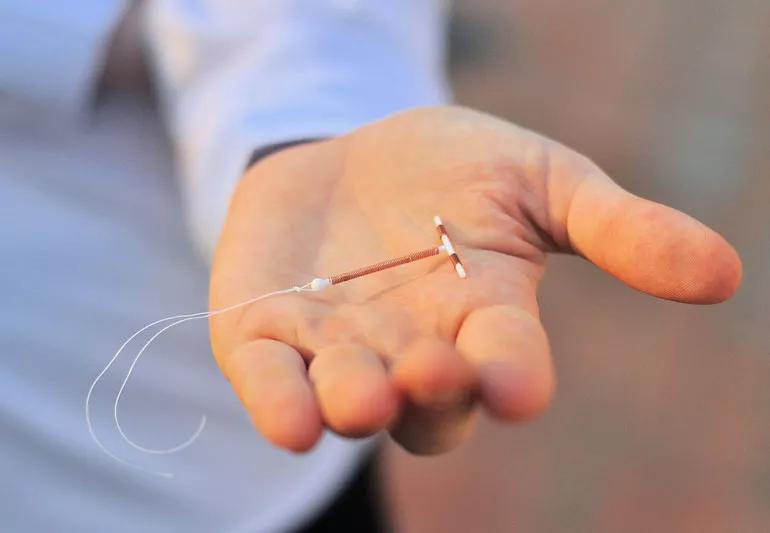
A: It’s easy to stop taking most forms of birth control, but intrauterine devices (IUDs) and hormonal implants are another story. One study found that only 1 in 5 women is able to successfully remove her own IUD; instead, you should make an appointment with a healthcare professional.
Advertisement
Cleveland Clinic is a non-profit academic medical center. Advertising on our site helps support our mission. We do not endorse non-Cleveland Clinic products or services. Policy
In-office IUD removal is typically only a minutes-long process: You’ll lie on your back with your legs spread apart and your feet in stirrups, as when you had it inserted. Your doctor will use a speculum to grasp the IUD string and gently pull it out. The “arms” of the T-shaped device fold up as it’s removed.
And while trying to remove your IUD at home is unlikely to be seriously harmful, the primary risk is that it simply won’t work.
Oftentimes, women who try to take out their own IUD (by pulling on the device’s string themselves) are able to dislodge it but not remove it. When this happens, your IUD becomes improperly positioned inside you, which can be both crampy and painful — and means your IUD isn’t well-placed to do the job of preventing pregnancy.
When this happens, a non-urgent issue becomes time-sensitive, and you’ll end up needing to see a healthcare provider to have your IUD removed, anyway.
–Ob/Gyn Ashley Brant, DO
Advertisement
Learn more about our editorial process.
Advertisement

Today’s IUDs are safe and effective
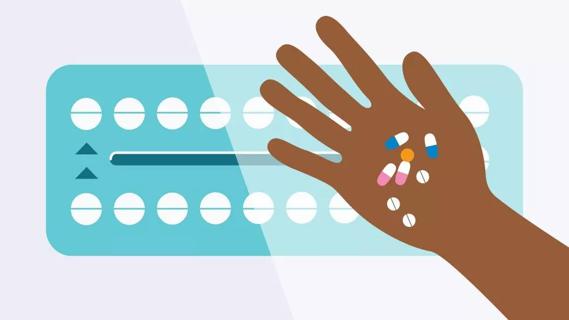
Certain seizure medications, HIV treatments, antibiotics or herbal supplements can make your oral contraception less effective

‘Safer sex’ means STI prevention, avoiding unintended pregnancies and psychologically safe practices for everyone

Birth control pills with estrogen are best for fighting hormonal acne
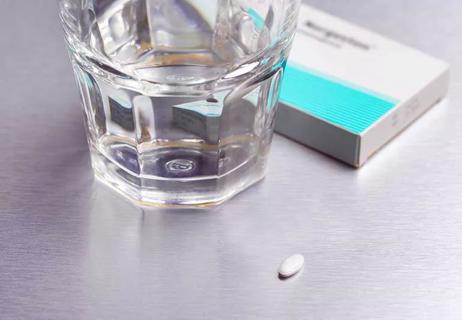
Turn to emergency birth control and STI tests
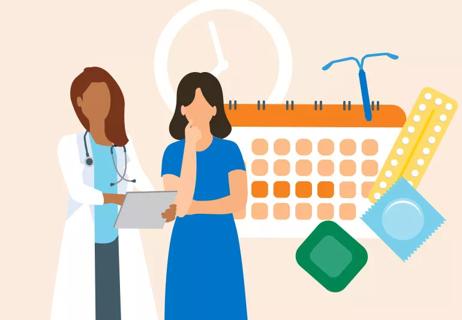
Some birth control can hide perimenopausal symptoms
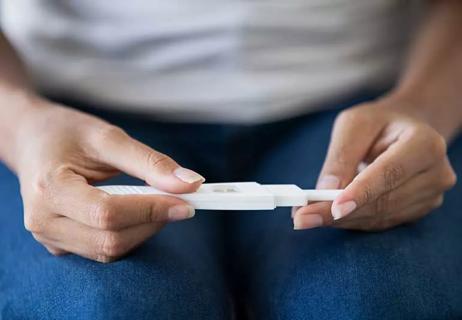
No, most hormonal birth control doesn’t affect your future fertility

Type 2 diabetes isn’t inevitable with these dietary changes

Applying a hot or cold compress can help with pain